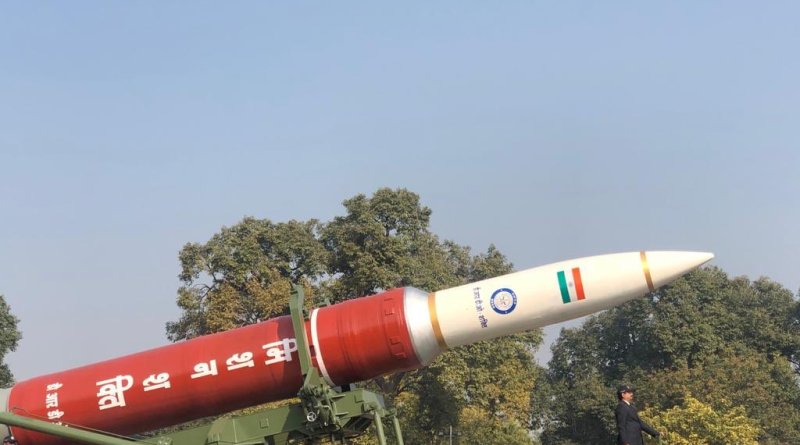Defence Minister of India, Rajnath Singh is scheduled to inaugurate today a model of the anti-satellite missile system at the headquarters of the Defence Research and Development Organization (DRDO) in the national capital today. This system will be seen as a symbol of national technological advancement. Last year, on March 27, DRDO had successfully conducted an Anti-Satellite (A-SAT) missile test under the ‘Mission Shakti’ from Dr. APJ Abdul Kalam Island in Odisha.
In the last year’s surprise mission by DRDO, an A-SAT Missile (DRDO-developed) successfully engaged an Indian orbiting target satellite in Low Earth Orbit (LEO) in a ‘Hit to Kill’ mode. The interceptor missile was a three-stage missile with two solid rocket boosters.
Prithvi Delivery Vehicle Mark-II (PDV MK-II), a ballistic missile defense interceptor developed by DRDO, was used as ASAT missile which struck and destroyed an Indian Microsat-R satellite in a flight that lasted just over half a minute.
This ASAT test (dubbed Mission Shakti by GOI) was carefully planned. The target satellite was launched into a sun-synchronous orbit at a deliberately low altitude of 282 kilometers on January 24, 2019, a few weeks before the test. The spacecraft was relatively small in comparison to other Indian communication satellites (generally of the GSAT series) with a surface area of around two square meters. The intercept by the ASAT missile occurred on the PDV MK-II’s downward trajectory at a closing velocity of 9.8 kilometers per second. All these elements taken together clearly suggested that the GOI had consciously intended and planned to limit the orbital life of the debris created by the hit-to-kill intercept.
The author is a member of Amity centre of Happiness
Editor Opinion, Biswarup Mukhopadhyay has given important inputs for the article.





